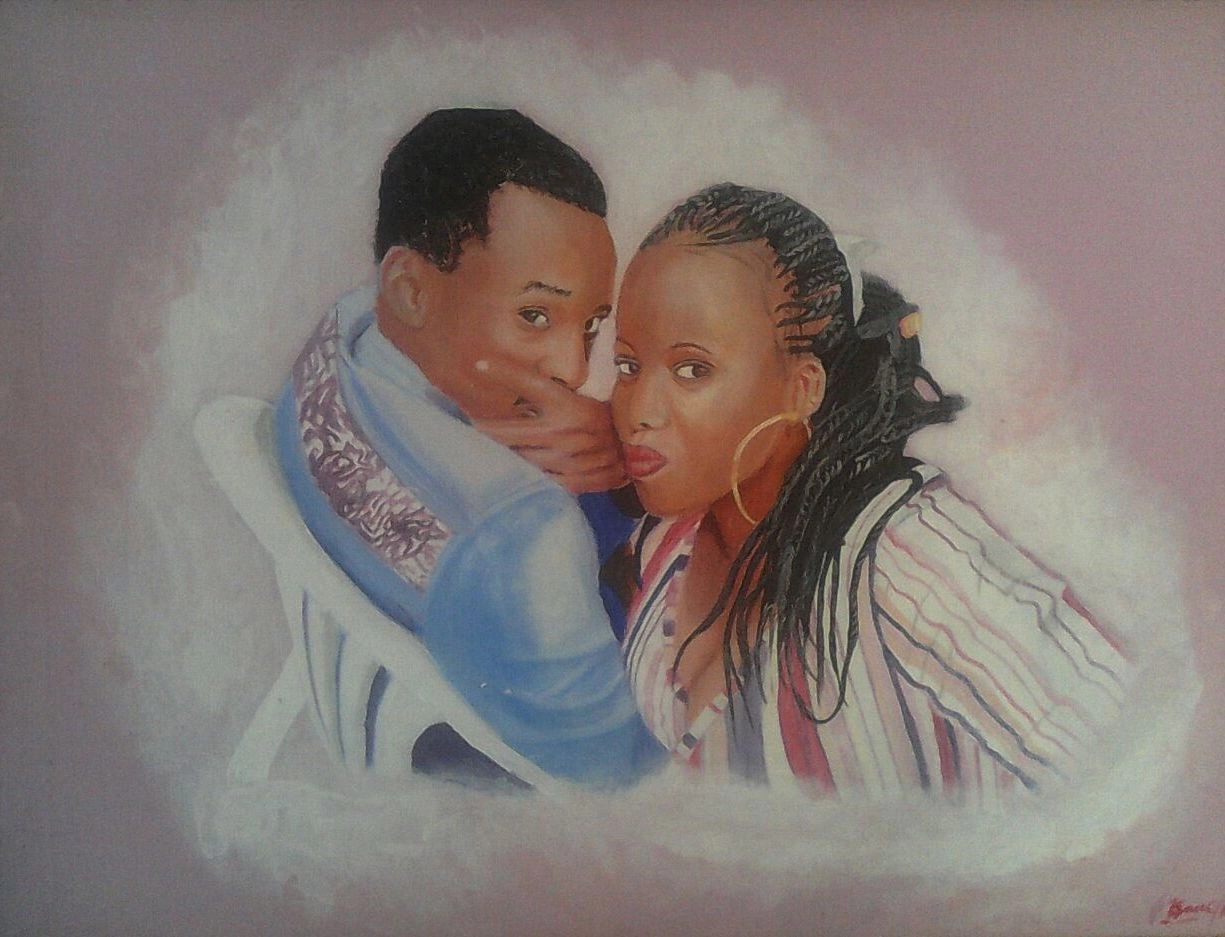
Painting using watercolour holds the promise of an enjoyable day spent in the countryside. However, many beginners worry about painting while strangers look on, while others can’t get out as often as they would like to.
If you lack confidence painting using watercolour, the best way to start is to tack yourself away behind a tree, make a quick drawing in your sketchbook of a scene you would like to paint, marking the main colours in pencil, then paint it at home. You can paint using either oil colours, watercolours or acrylic paints. As your confidence grows, take your paintbox with you- nine out of ten people who take the trouble to look over your shoulder will be full of admiration of your artworks.
Sketching in pencil is also a good idea for the person who can’t often get outside. instead of painting just one scene when you go out, make a few different pencil sketches. Take your paintbox with you, and make colour notes on these sketches. You can use this information to produce many different later at home. When you are painting fruits or flowers your subject stays still while you work. With animals, it can just be the opposite.
Painting Using Watercolour
Watercolour painting is a versatile and popular form of art that utilizes water-based pigments to create stunning and vibrant artworks. It is known for its transparent and fluid nature, allowing artists to achieve delicate washes, soft gradients, and intricate details. Here are some key aspects and techniques of painting using watercolours:
Watercolour Supplies: To get started, you’ll need a basic set of watercolour supplies, including watercolour paints (available in tubes or pans), watercolour brushes of various sizes (round, flat, and detail brushes), watercolour paper (preferably heavy-weight and specifically designed for watercolour), a palette for mixing colours, and a container of water for rinsing brushes.
Wet-on-Wet Technique: This technique involves applying wet paint onto a wet surface. Wet the paper with clean water using a large brush, and while it is still damp, apply the watercolour paint to create soft, blended, and diffuse effects. This technique is great for creating backgrounds, skies, or soft washes.
Wet-on-Dry Technique: In this technique, the paint is applied onto dry paper. Wet your brush and load it with pigment, then apply it to the dry paper. This technique allows for more control and precise details. Layers of colours can be built up gradually by waiting for each layer to dry before adding another.
Colour Mixing: Watercolours offer a wide range of colours, and by learning to mix them, you can achieve an extensive palette. Experiment with mixing primary colours (red, yellow, blue) to create secondary colours (orange, green, purple). Remember to clean your brush between colours to avoid muddying the pigments.
Glazing: Glazing involves applying transparent layers of watercolour over dry paint layers. This technique adds depth and richness to your artwork. Allow each layer to dry completely before applying the next layer to maintain transparency and prevent blending.
Dry Brush Technique: This technique involves using a relatively dry brush with minimal water and more concentrated paint to create textured effects, such as fine lines, textures, or adding details. It is useful for adding highlights or emphasizing specific areas.
Masking Fluid: Masking fluid is a liquid that can be applied to areas you want to protect from paint. It creates a barrier, allowing you to paint freely around it. Once the paint is dry, you can remove the masking fluid, revealing the untouched paper beneath.
Play with Techniques and Textures: Watercolour offers endless opportunities for experimentation. Explore techniques like salt sprinkling (to create unique textures), lifting (removing paint with a damp brush or sponge), and splattering (flicking paint with a loaded brush) to add interest and texture to your artwork.
Practice and Patience: Watercolour painting requires practice and patience. Experiment with different techniques, observe how the paint interacts with the paper, and learn from your mistakes. Embrace the unpredictable nature of watercolours and enjoy the process of discovery and exploration.
Embrace Creativity: Watercolour painting allows for various styles and expressions. Whether you prefer realistic, impressionistic, or abstract approaches, let your creativity guide you. Explore different subjects, experiment with composition and lighting, and develop your unique artistic voice.
Remember, the key to mastering watercolour painting is consistent practice and experimentation. Allow yourself to make mistakes and learn from them. Enjoy the beauty of watercolours and let your creativity flow as you create stunning and captivating artworks.
The Flat and Graded Wash Technique.
The Wet-on-Wet Watercolour a Technique of Painting Using Watercolour
The wet-on-wet technique is a very exciting way of painting using watercolour but it can also be very nerve-racking. The freedom, the apparent ease and the sheer audacity of letting colours make their own way around the surface excite artists and onlookers alike. But although the finished result looks natural and unlaboured, you have to put a lot of patient practice.
Don’t be too rigid with the white lines. keep them free and let the paint touch and run together in places. This keeps the painting looking free and not too mechanical.
Pen And Graded Wash Watercolor Technique
Pencil And Wash Watercolor Technique
Pencil and wash are some of the most delicate ways of using watercolour. It can be very sensitive and detailed.
Naturally, you want to be confident with your normal or coloured pencils work to try this technique but I am sure that you will enjoy it.





